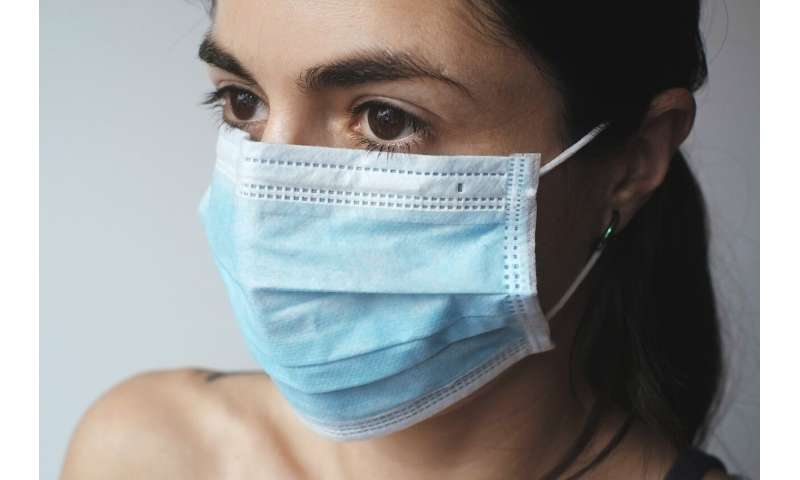239 scientists in 32 countries have outlined the evidence showing that smaller particles can infect people, and are calling for the agency to revise its recommendations. The researchers plan to publish their letter in a scientific journal next week.
The Centers for Disease Control and Prevention now says surfaces are likely to play only a minor role.
Experts all agree that the coronavirus does not behave that way. Dr. Marr and others said the coronavirus seemed to be most infectious when people were in prolonged contact at close range, especially indoors, and even more so in superspreader events — exactly what scientists would expect from aerosol transmission.
“There is no incontrovertible proof that SARS-CoV-2 travels or is transmitted significantly by aerosols, but there is absolutely no evidence that it’s not,” said Dr. Trish Greenhalgh, a primary care doctor at the University of Oxford in Britain.
“So at the moment we have to make a decision in the face of uncertainty, and my goodness, it’s going to be a disastrous decision if we get it wrong,” she said. “So why not just mask up for a few weeks, just in case?”
W.H.O. guidance misleading:
Even in its latest update on the coronavirus, released June 29, the W.H.O. said airborne transmission of the virus is possible only after medical procedures that produce aerosols, or droplets smaller than 5 microns. (A micron is equal to one millionth of a meter.)
Proper ventilation and N95 masks are of concern only in those circumstances, according to the W.H.O. Instead, its infection control guidance, before and during this pandemic, has heavily promoted the importance of handwashing as a primary prevention strategy, even though there is limited evidence for transmission of the virus from surfaces. (The Centers for Disease Control and Prevention now says surfaces are likely to play only a minor role.)
The W.H.O. tends to describe “an absence of evidence as evidence of absence,” Dr. Aldis added. In April, for example, the W.H.O. said, “There is currently no evidence that people who have recovered from Covid-19 and have antibodies are protected from a second infection.”
Source: NYT

